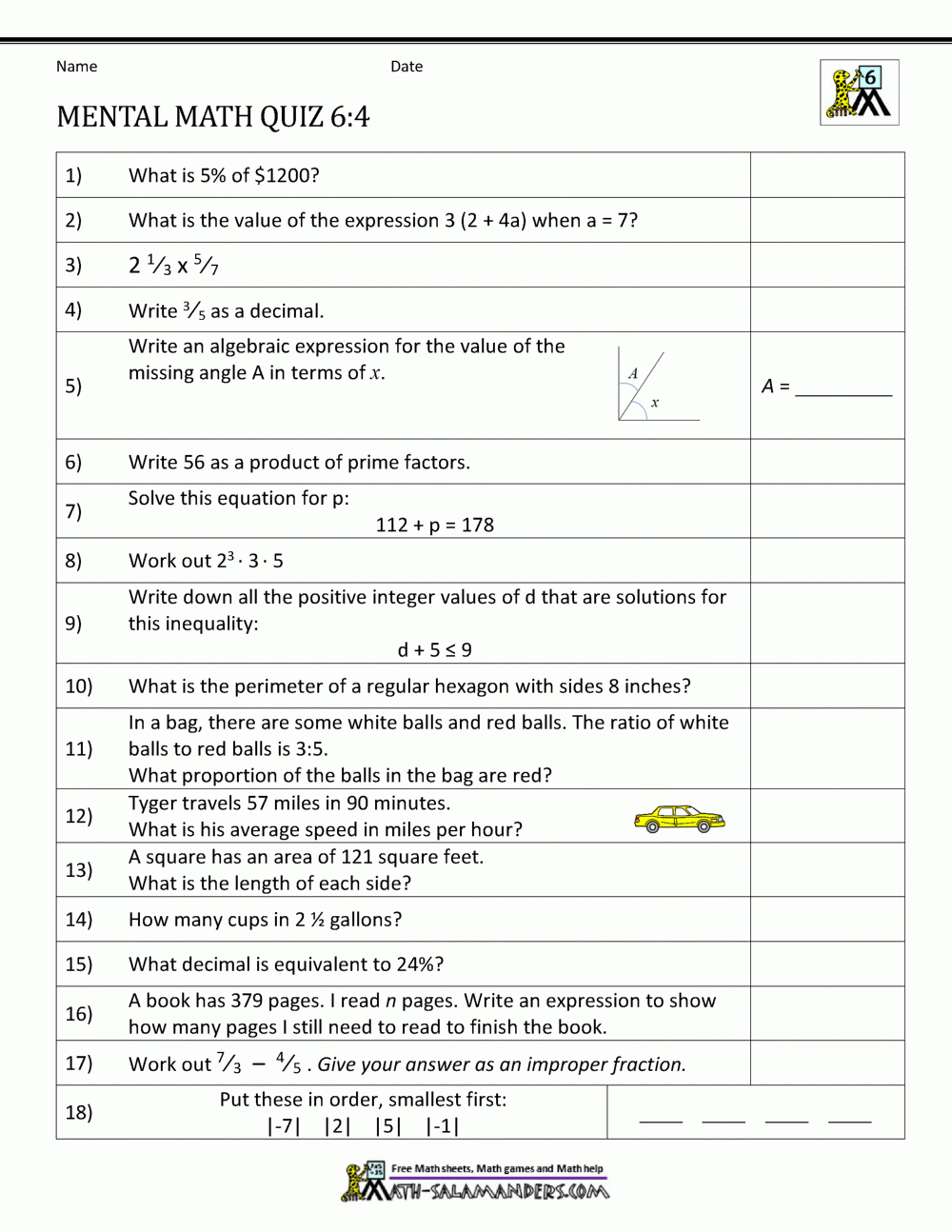Mental Math For Class 1 – Enhance Home Learning with Engaging Printable Worksheets.
Learning mental math at a young age can be incredibly beneficial for children. It not only improves their math skills but also enhances their overall cognitive abilities. Class 1 is the perfect time to introduce basic mental math concepts to young learners.
By incorporating fun and engaging activities, teachers can help students develop essential math skills such as addition, subtraction, multiplication, and division in a way that is both enjoyable and educational.
Understanding Mental Math For Class 1
Mental Math For Class 1 are ready-to-print activities you can instantly download for use. They include puzzles and quizzes, educational games, and even creative drawing sections. Their versatility makes them perfect for reviewing concepts at home.
With the rise of at-home education, printable worksheets are an essential resource for educators and families alike. Whether your child is learning remotely or just helping with homework, these worksheets provide structured learning in a simple and effective way.
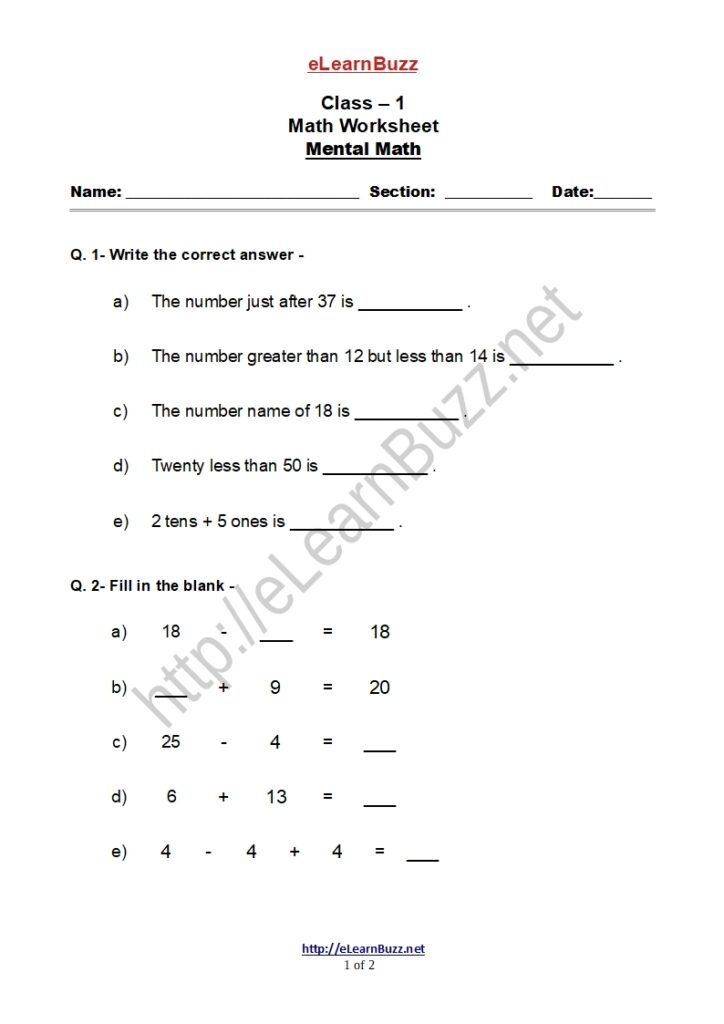 Mental Math Exercise For Class 1 Kids Set 2 ELearnBuzz
Mental Math Exercise For Class 1 Kids Set 2 ELearnBuzz
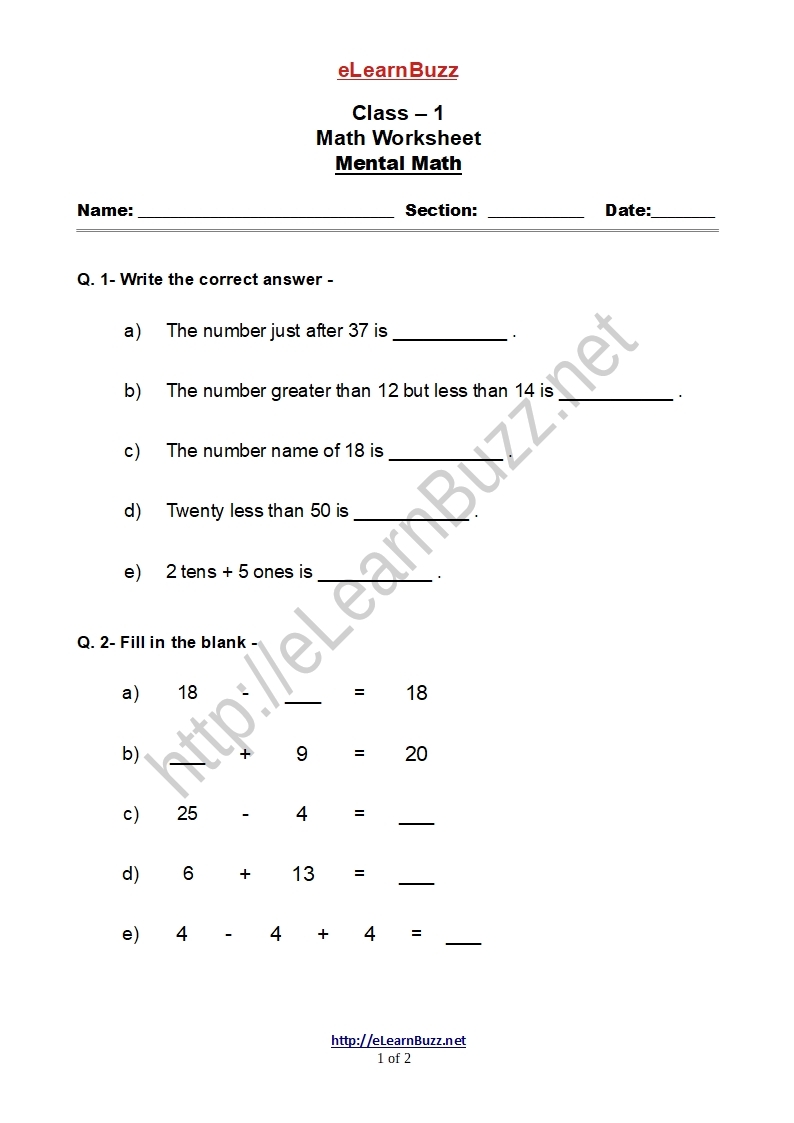 Mental Math Exercise For Class 1 Kids Set 2 ELearnBuzz
Mental Math Exercise For Class 1 Kids Set 2 ELearnBuzz
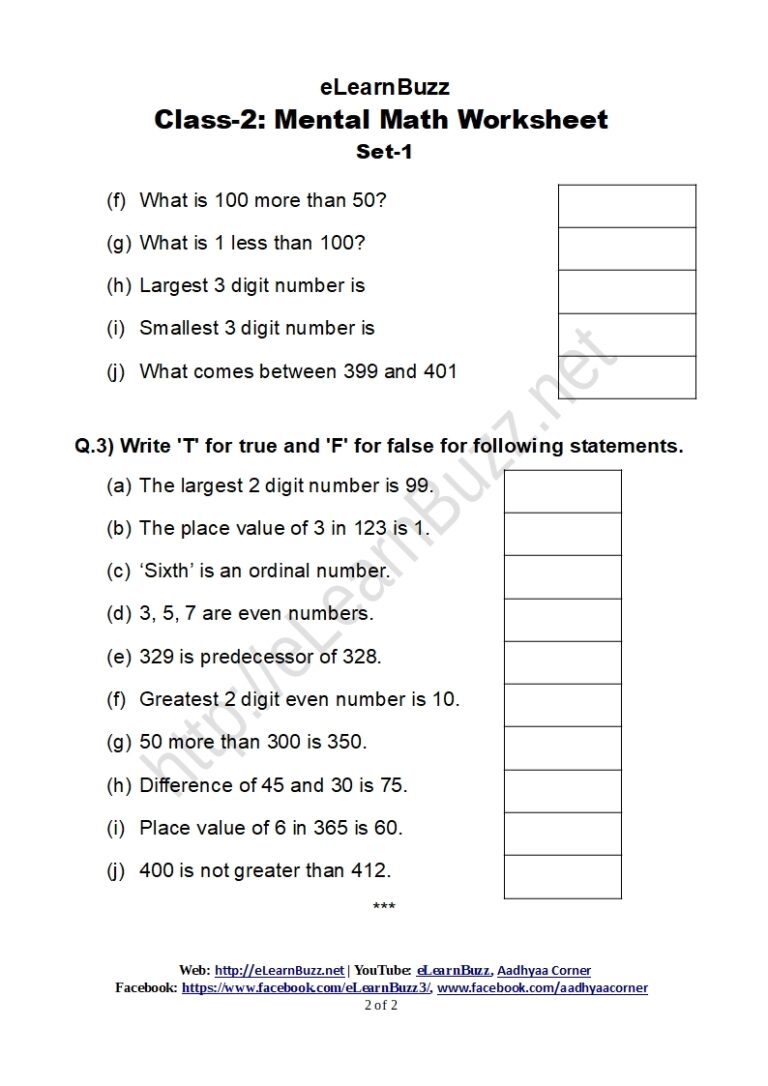 Mental Math Worksheet For Class 2 Set 1 ELearnBuzz
Mental Math Worksheet For Class 2 Set 1 ELearnBuzz
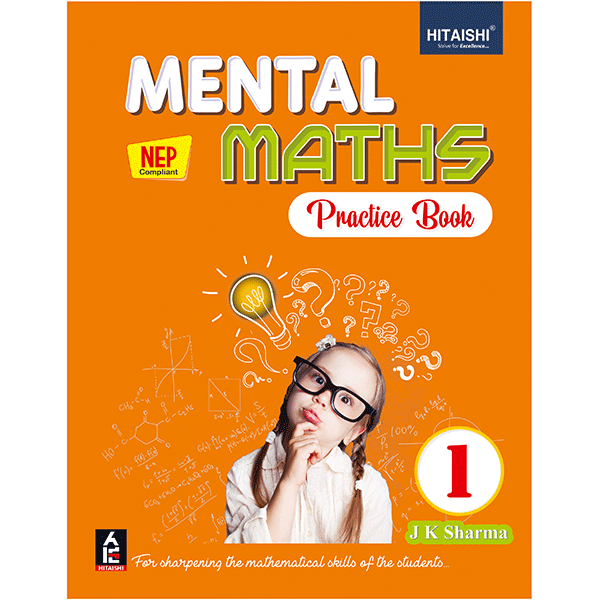 Mental Math Class 1 Hitaishi Publisher Academic Books For CBSE
Mental Math Class 1 Hitaishi Publisher Academic Books For CBSE
Why Use Mental Math For Class 1??
The key benefit of printable worksheets is their convenience. You can choose topics that suit your child. Plus, they’re a screen-free solution for learning—perfect for balancing tech use.
Mental Math For Class 1
One effective way to teach mental math to Class 1 students is through the use of visual aids and manipulatives. For example, using colorful counters or blocks can help children understand basic math operations in a hands-on way.
Another useful strategy is to incorporate math games and puzzles into the curriculum. These activities not only make learning math more enjoyable but also help students practice their mental math skills in a fun and interactive way.
Repetition is key when teaching mental math to young learners. By practicing math problems regularly, students can improve their speed and accuracy in mental calculations, which are essential skills for success in math.
Encouraging students to use mental math in everyday situations, such as when shopping or playing games, can help reinforce the concepts they have learned in the classroom. This real-world application of math can make learning more meaningful and relevant for students.
In conclusion, teaching mental math to Class 1 students is a valuable investment in their academic development. By incorporating engaging activities, visual aids, and real-world applications, teachers can help young learners build a strong foundation in math that will benefit them throughout their educational journey.
